Explore the hidden facets of well-known historical figures in this captivating article. Delve into lesser-known details and intriguing facts that add depth to the lives of these prominent individuals, shedding light on aspects often overlooked in mainstream narratives. From surprising hobbies to unconventional beliefs, discover the fascinating stories that lie beneath the surface of these famous personalities.
Abraham Lincoln’s Wrestling Skills
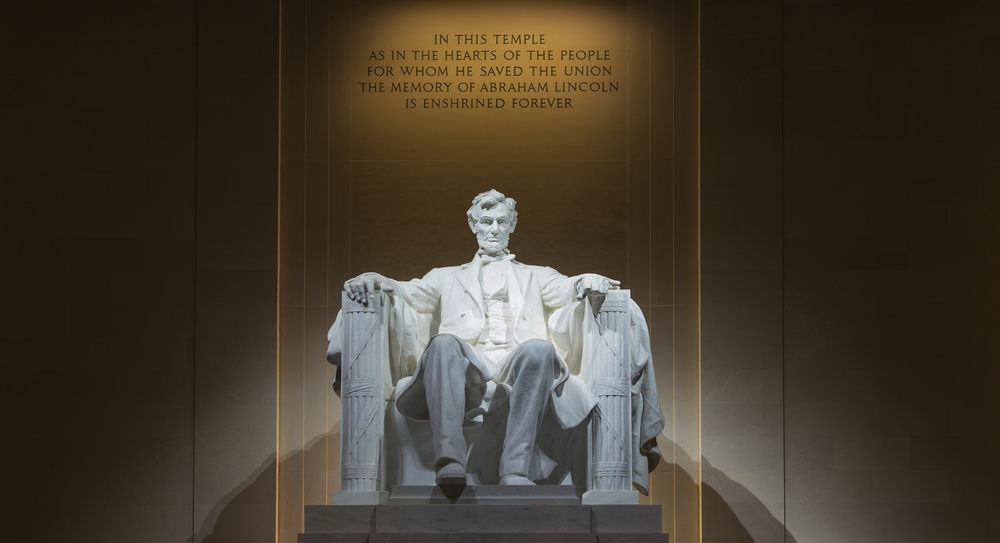
Contrary to popular belief, Abraham Lincoln was an accomplished wrestler in his youth. His strength and skill in the ring were remarkable, showcasing a side of him that isn’t widely known. This fact sheds light on Lincoln’s physical prowess and adds a dimension to his character beyond his political acumen.
Leonardo da Vinci’s Vegetarianism
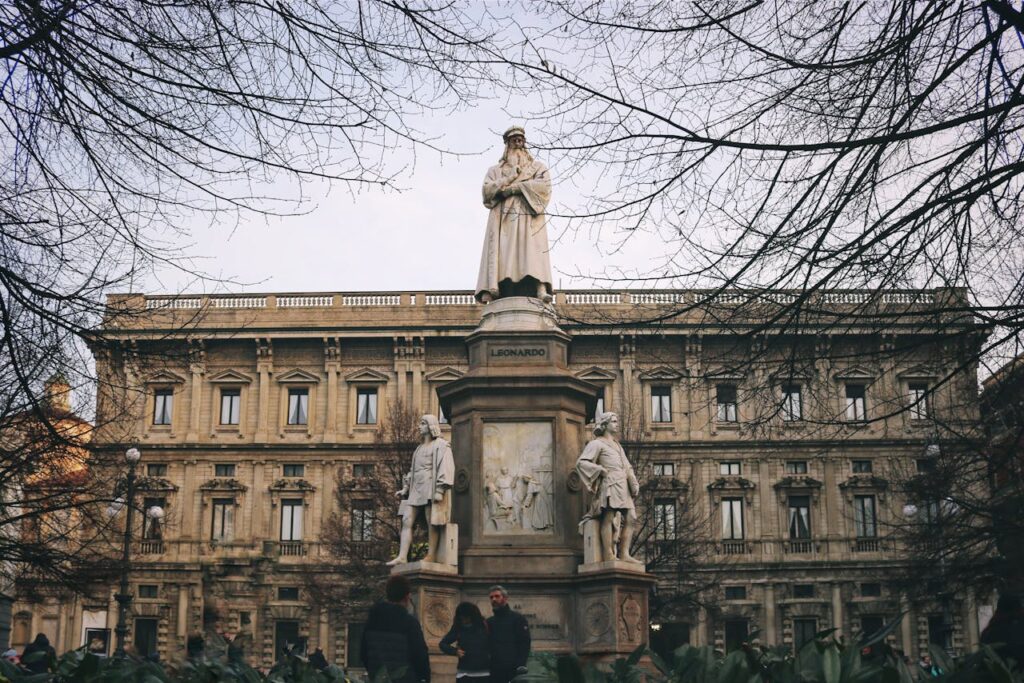
Leonardo da Vinci, renowned for his artistic genius, was also a vegetarian. His dietary choices were influenced by his beliefs in animal welfare and the environment, reflecting a compassionate side of this multifaceted historical figure.
Cleopatra’s Multilingualism

Cleopatra, the last pharaoh of Egypt, was fluent in multiple languages, including Egyptian, Greek, and Latin. Her linguistic abilities were instrumental in her diplomatic endeavors and negotiations, showcasing her intelligence and adaptability in a multicultural world.
Nikola Tesla’s Photographic Memory
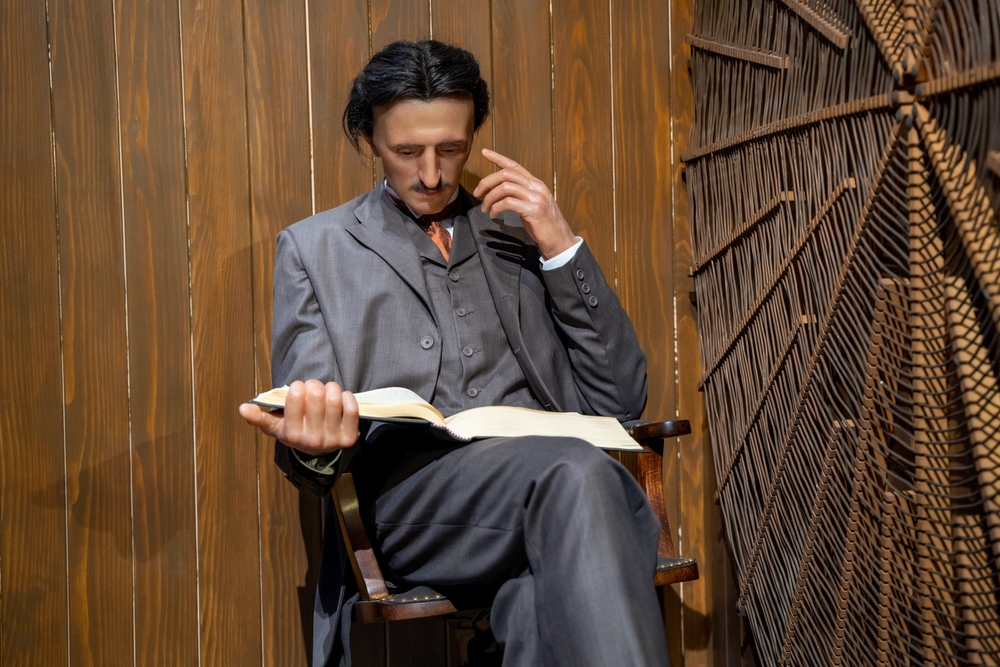
Nikola Tesla, the inventor and electrical engineer, possessed a photographic memory. This remarkable ability allowed him to recall intricate details and visualize complex designs without the need for extensive notes or diagrams, highlighting his exceptional cognitive skills.
Marie Curie’s Military Contribution
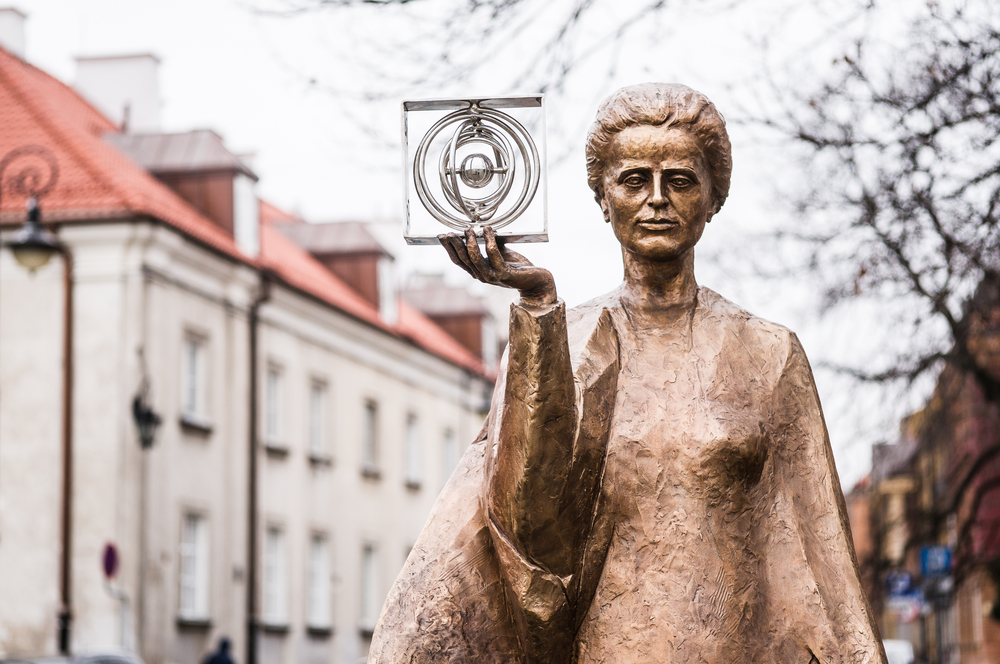
Marie Curie, famous for her pioneering research in radioactivity, also made significant contributions to the military during World War I. She developed mobile X-ray units, known as “Petites Curies,” that helped save countless lives on the battlefield, demonstrating her versatility and humanitarian efforts.
Benjamin Franklin’s Musical Talents
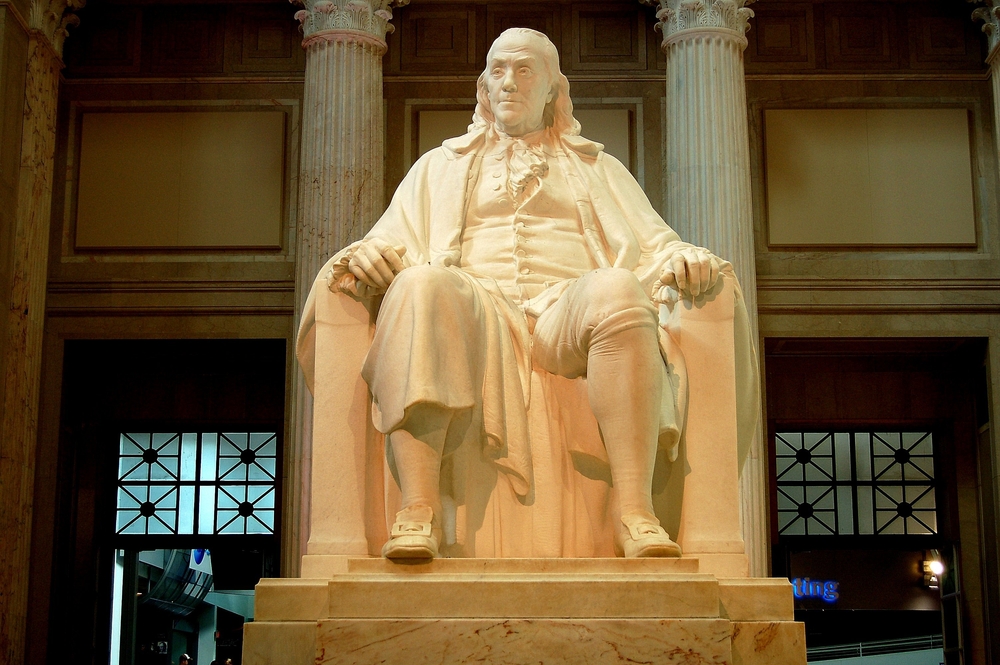
Benjamin Franklin, known for his statesmanship and inventions, was also a skilled musician. He played multiple instruments, including the harp and violin, showcasing a creative side that complemented his intellectual pursuits.
Rosa Parks’ Activism Before the Bus Incident
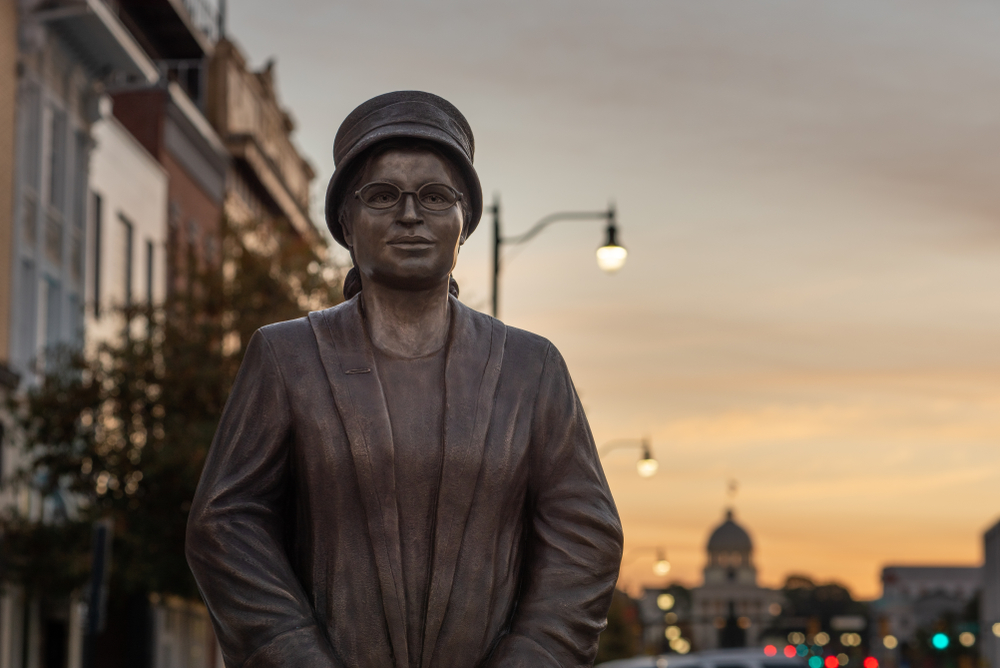
Before her iconic act of defiance on a bus in Montgomery, Rosa Parks was already deeply involved in civil rights activism. She worked with organizations such as the NAACP, fighting against racial segregation and injustice long before her famous stand.
Winston Churchill’s Painting Hobby
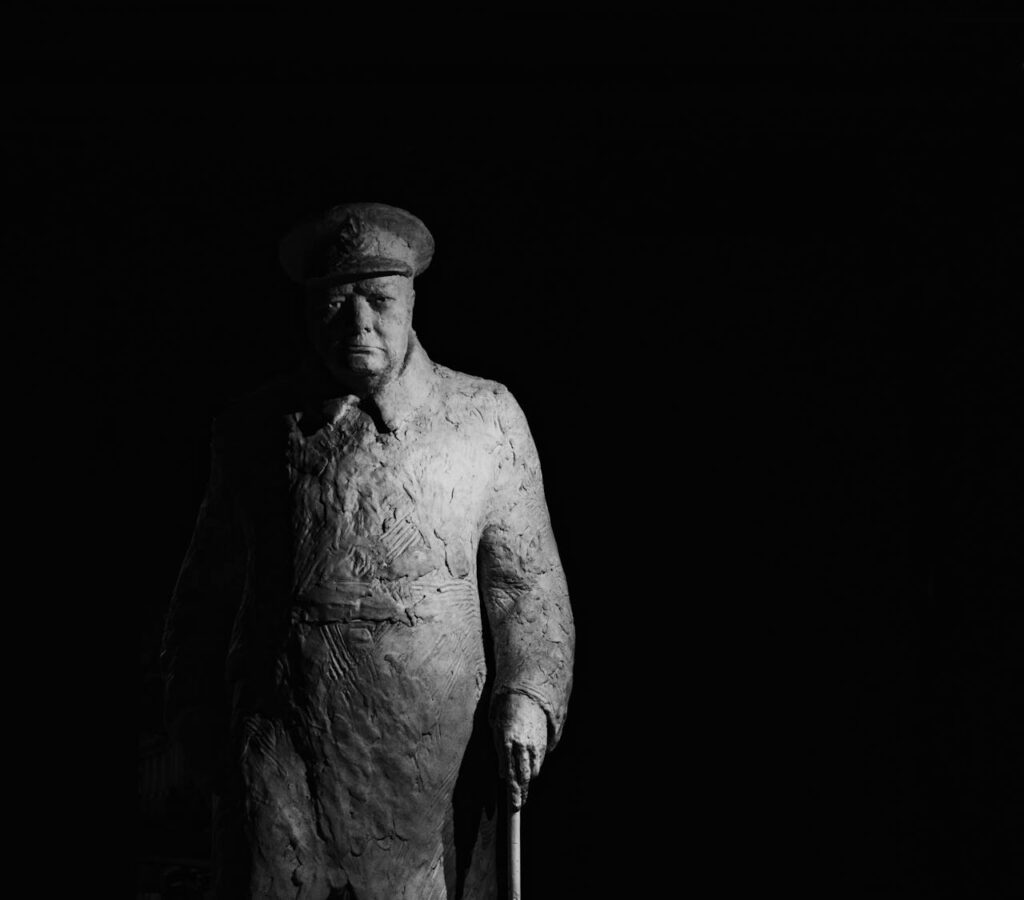
Winston Churchill, the wartime leader of Britain, had a passion for painting. His artworks, especially landscapes and seascapes, reveal a softer, artistic side to his personality, offering a glimpse into his life beyond politics and war.
Queen Victoria’s Interest in Photography
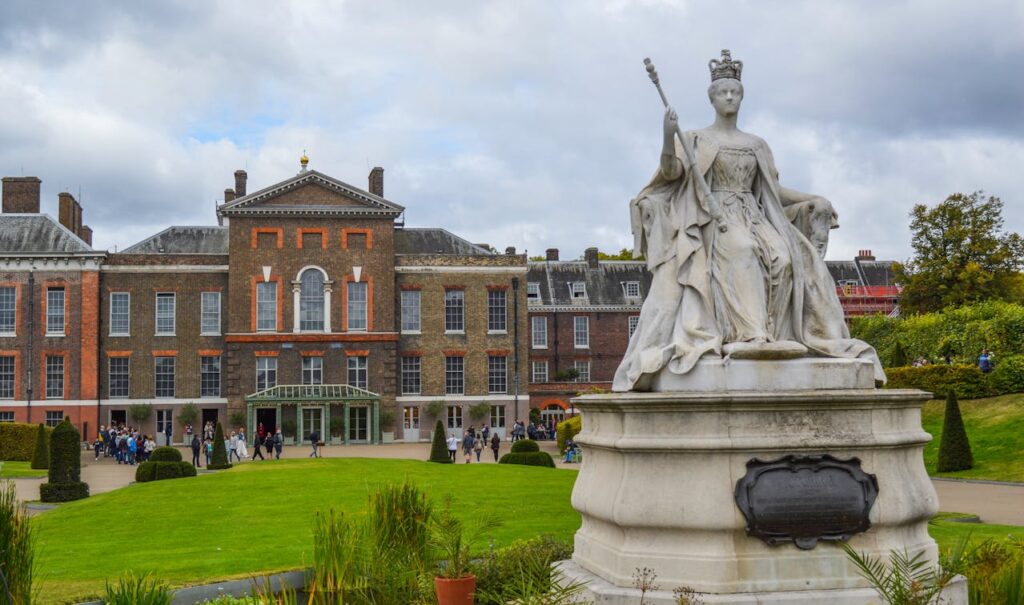
Queen Victoria, known for her lengthy reign and influence on the British Empire, was an avid photographer. She embraced the relatively new medium of photography, capturing intimate moments of her family and court, showcasing a personal and private aspect of her life.
Albert Einstein’s Love for Sailing
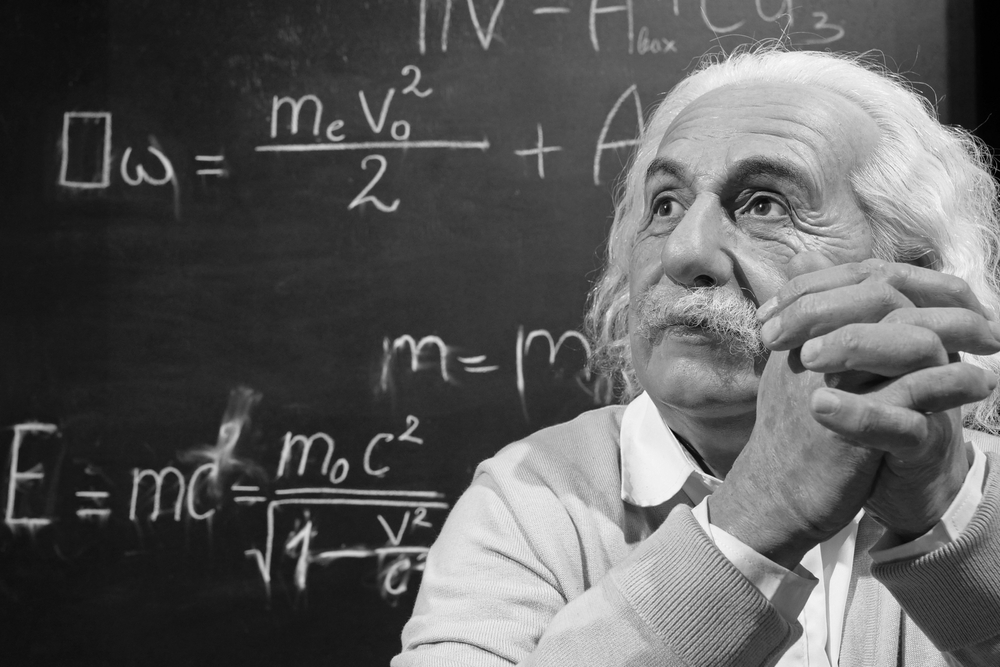
Albert Einstein, the renowned physicist, found solace and inspiration in sailing. He often sailed on his boat, the Tümmler, reflecting his appreciation for nature and the freedom of the open sea, a lesser-known aspect of his life outside the realm of science.
Mozart’s Silly Sense of Humor
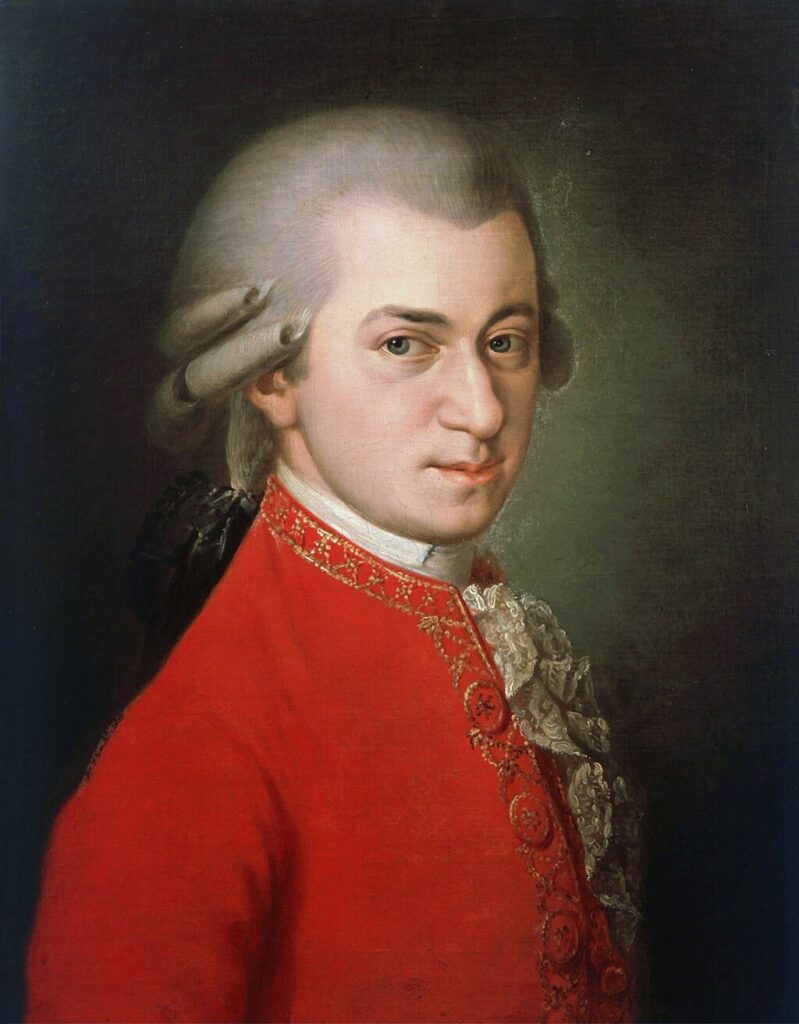
Wolfgang Amadeus Mozart, the prolific composer, had a playful and sometimes silly sense of humor. He enjoyed composing humorous pieces and indulging in wordplay, showcasing a lighthearted side alongside his musical genius.
Florence Nightingale’s Statistical Analysis
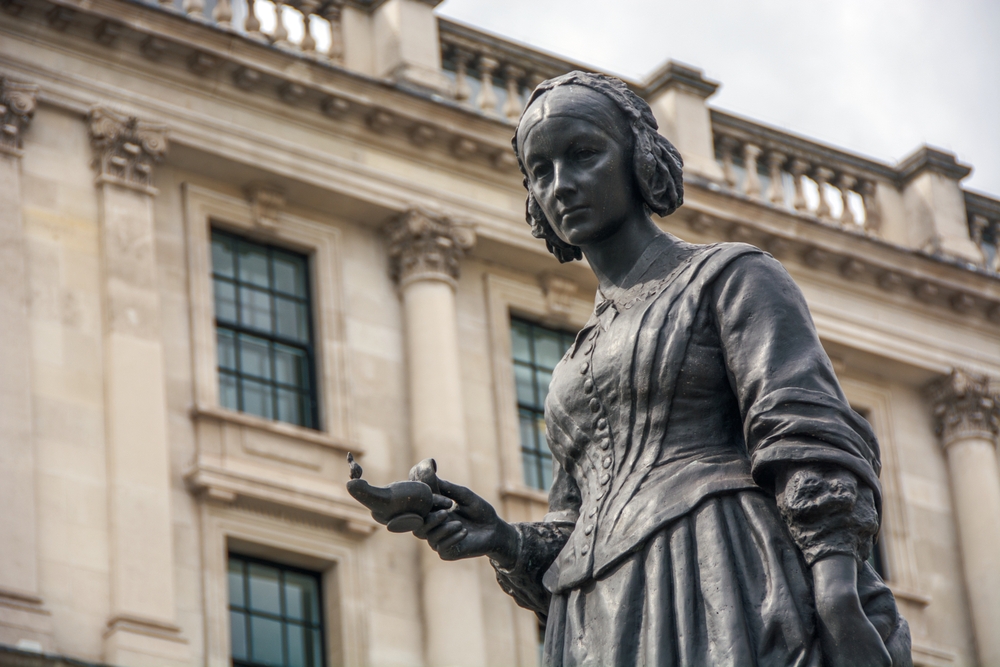
Florence Nightingale, known as the founder of modern nursing, was also a skilled statistician. She used statistical analysis to improve healthcare practices and hospital conditions, revolutionizing the field with evidence-based approaches.
Charles Darwin’s Fear of Public Speaking
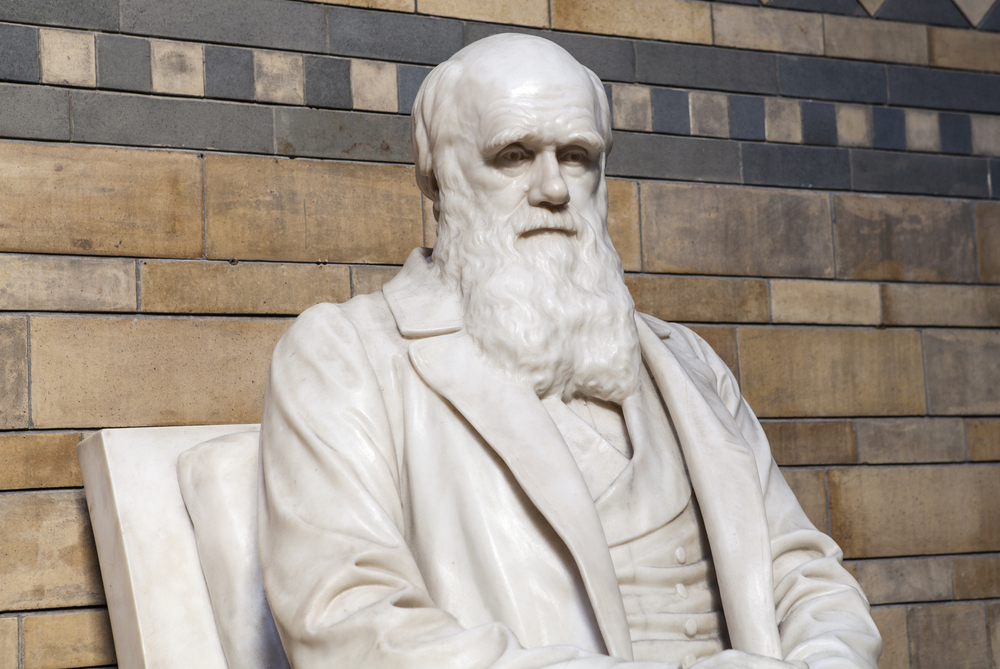
Despite his groundbreaking theories on evolution, Charles Darwin struggled with a fear of public speaking. This fact humanizes Darwin, showing that even influential figures have their insecurities and challenges to overcome.
Marilyn Monroe’s Intellectual Pursuits
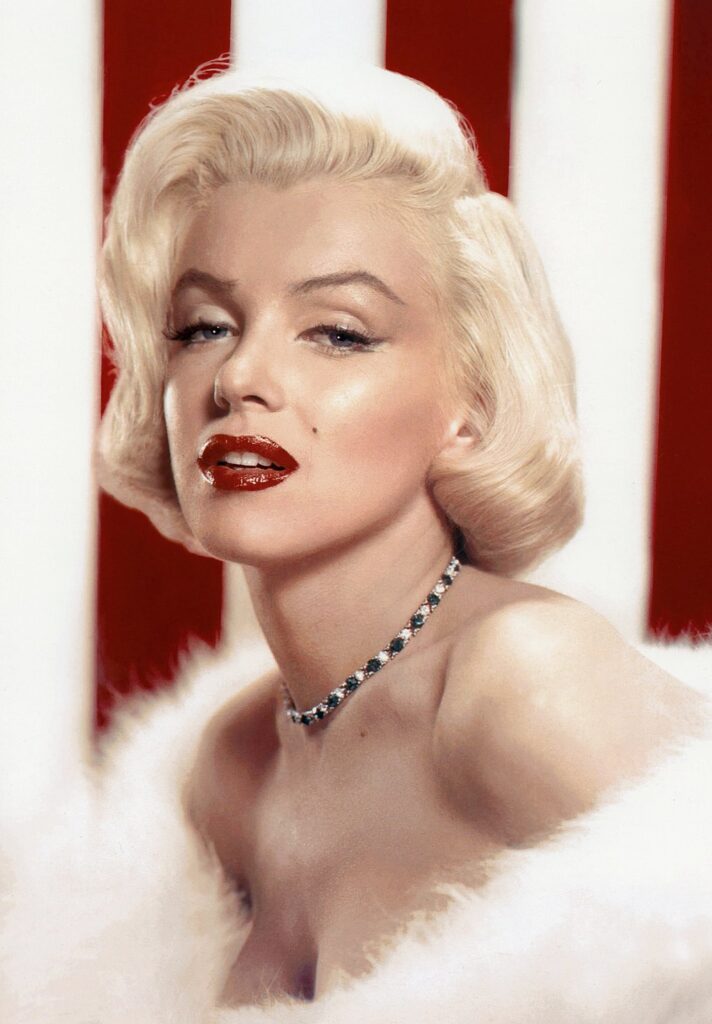
Marilyn Monroe, often remembered for her beauty and Hollywood stardom, had a keen interest in literature and intellectual discussions. She avidly read books by renowned authors and engaged in conversations on various topics beyond the glamour of the silver screen.
Gandhi’s Affinity for Nature
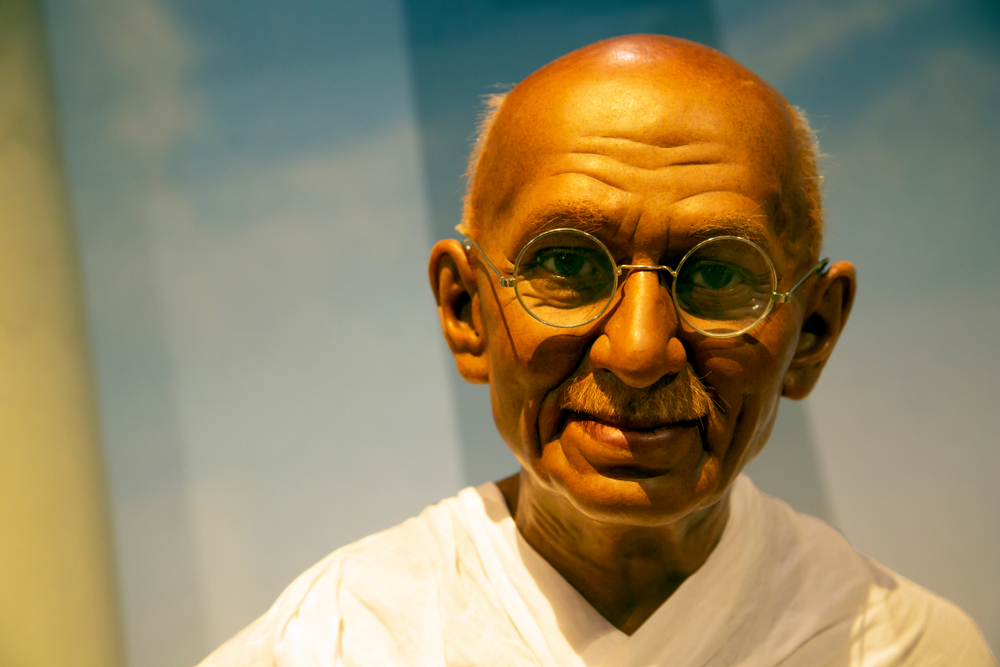
Mahatma Gandhi, the leader of India’s independence movement, had a deep affinity for nature and simple living. He practiced sustainable agricultural methods and advocated for environmental conservation, embodying principles of harmony with the earth.
Pablo Picasso’s Prolific Output
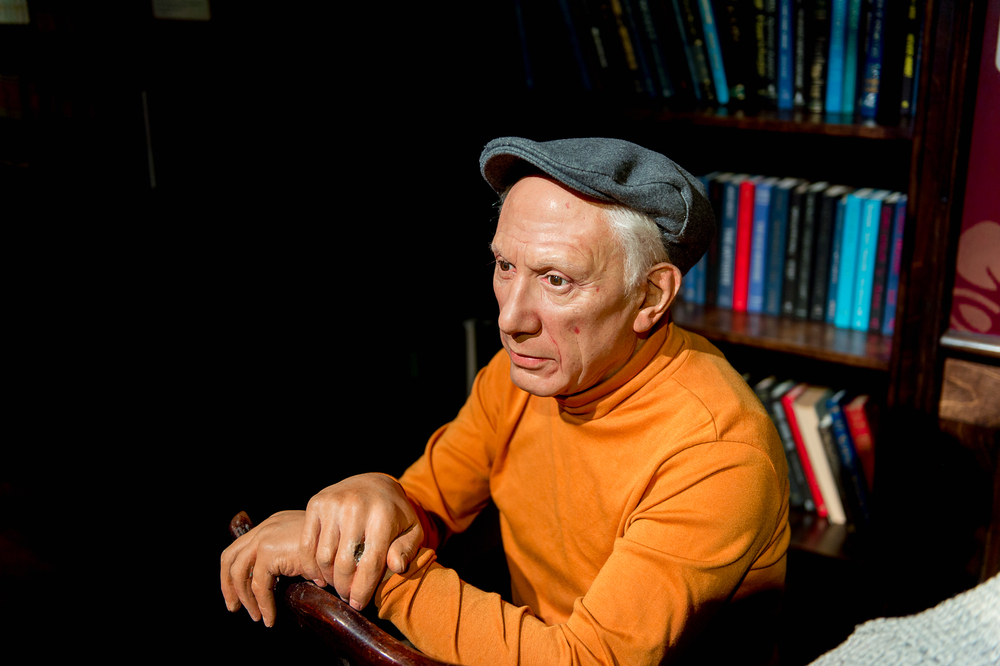
Pablo Picasso, the influential artist, was incredibly prolific, creating thousands of artworks throughout his lifetime. His relentless creativity and experimentation across different styles and mediums highlight his restless spirit and artistic evolution.
Amelia Earhart’s Photography Passion
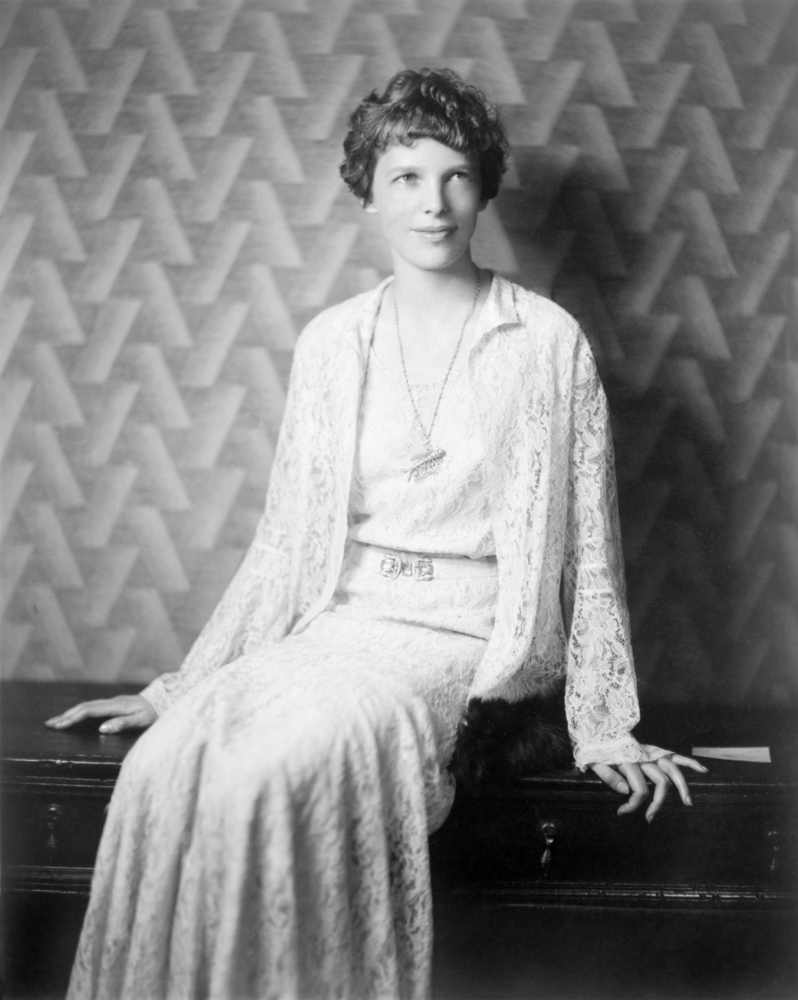
Amelia Earhart, the pioneering aviator, had a passion for photography. She captured stunning aerial photographs during her flights, showcasing her unique perspective and love for adventure beyond flying.
Martin Luther King Jr.’s Legacy of Nonviolence
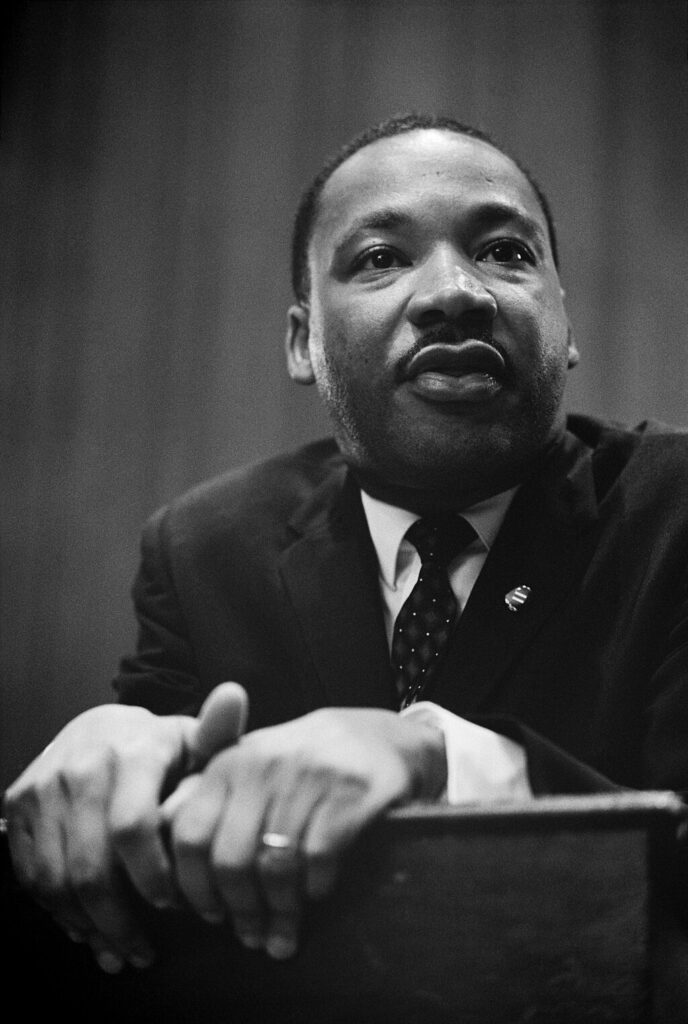
Martin Luther King Jr., known for his leadership in the civil rights movement, was a staunch advocate of nonviolent resistance. His commitment to peaceful protest and social change continues to inspire movements for justice worldwide.
Jane Austen’s Business Acumen
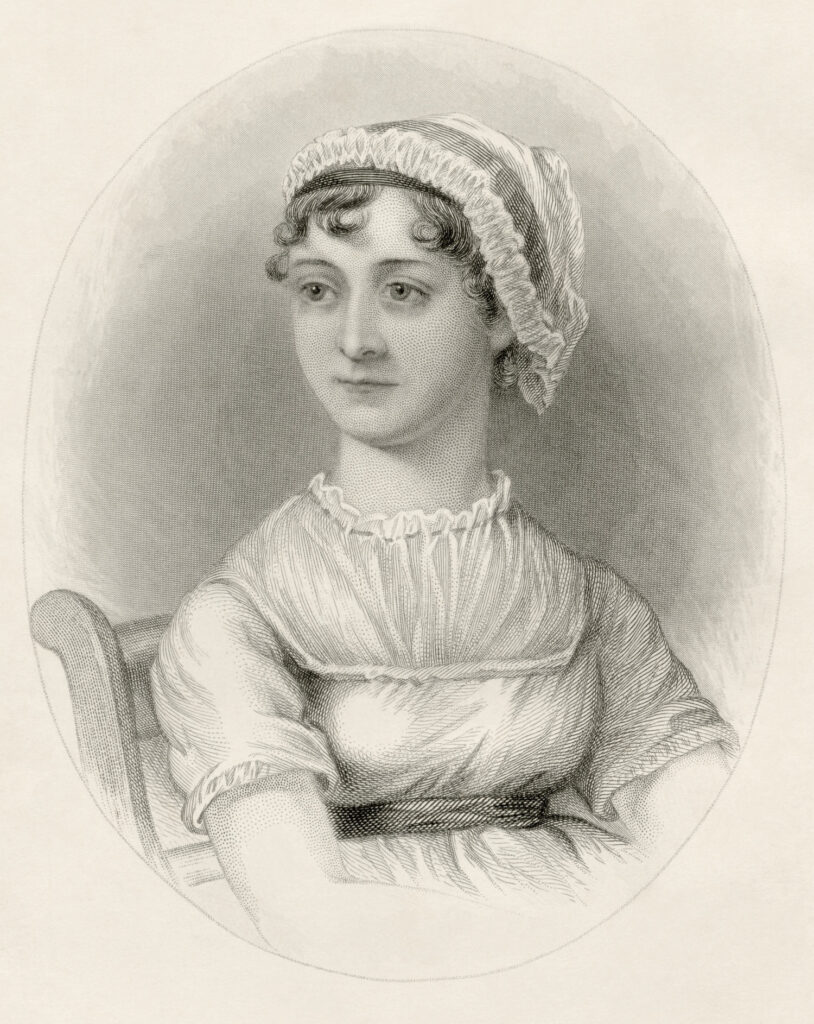
Jane Austen, the acclaimed novelist, was also savvy in financial matters. She managed her own investments and understood the business side of publishing, demonstrating independence and foresight in an era when women’s financial autonomy was limited.
Vincent van Gogh’s Literary Passion
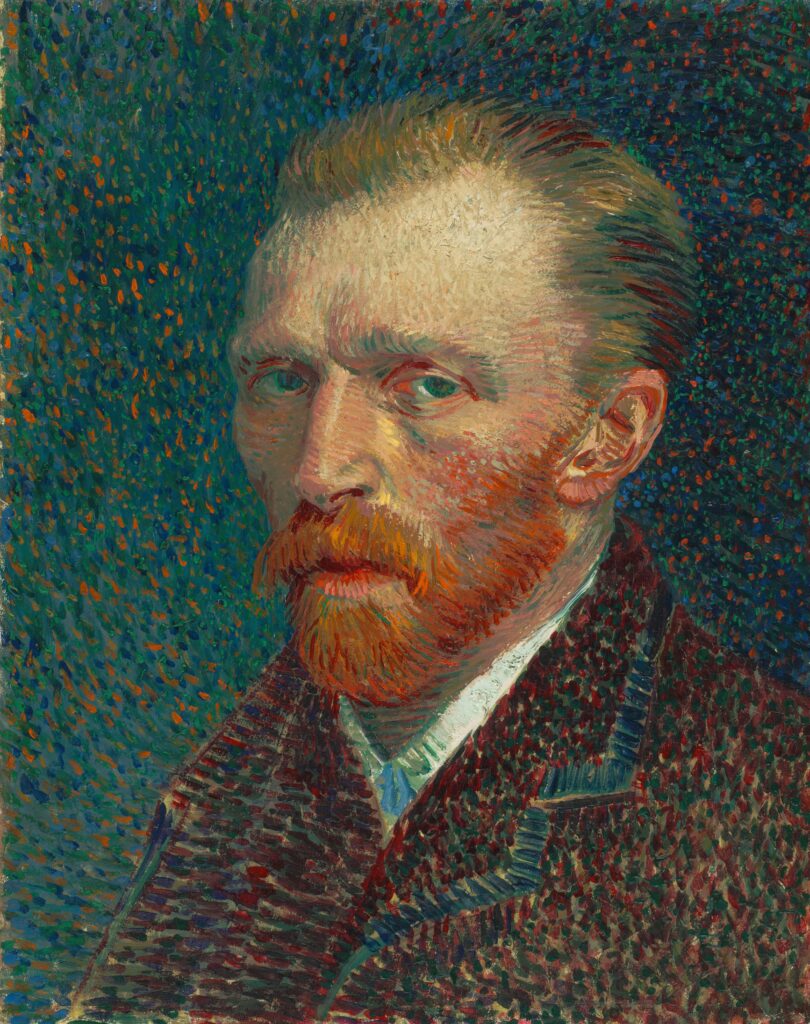
Vincent van Gogh, famous for his vibrant paintings, was also an avid reader and writer of letters. His correspondence with family and friends provides insights into his thoughts, emotions, and artistic inspirations, enriching our understanding of his life and work.
Napoleon Bonaparte’s Love for Fiction
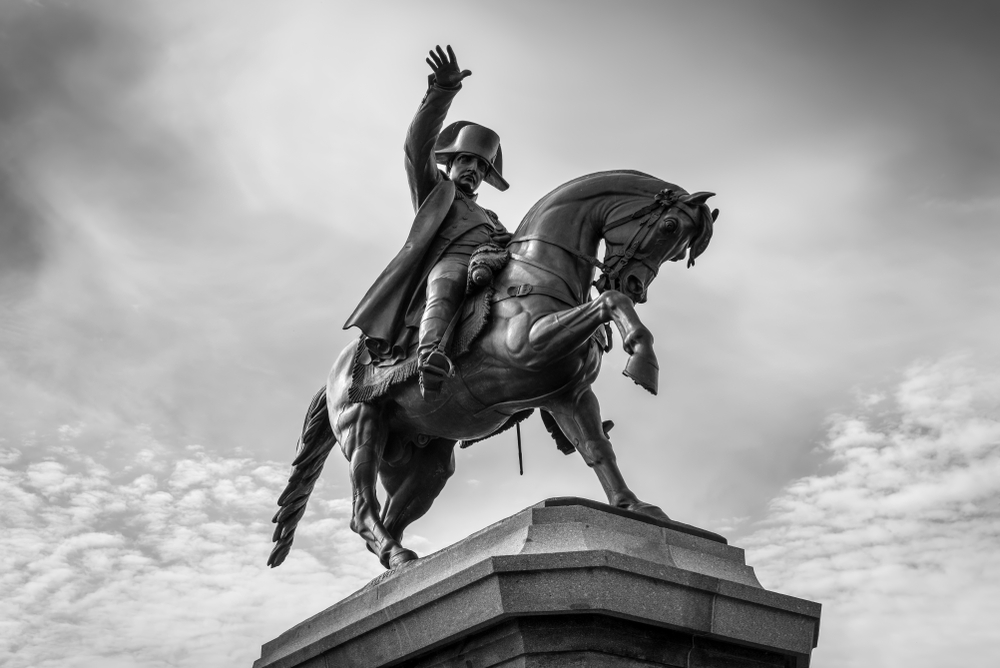
Napoleon Bonaparte, the military and political leader, had a love for fiction and storytelling. He enjoyed reading novels and often discussed literary works with his companions, revealing a more nuanced aspect of his interests beyond warfare and governance.
Frida Kahlo’s Political Activism
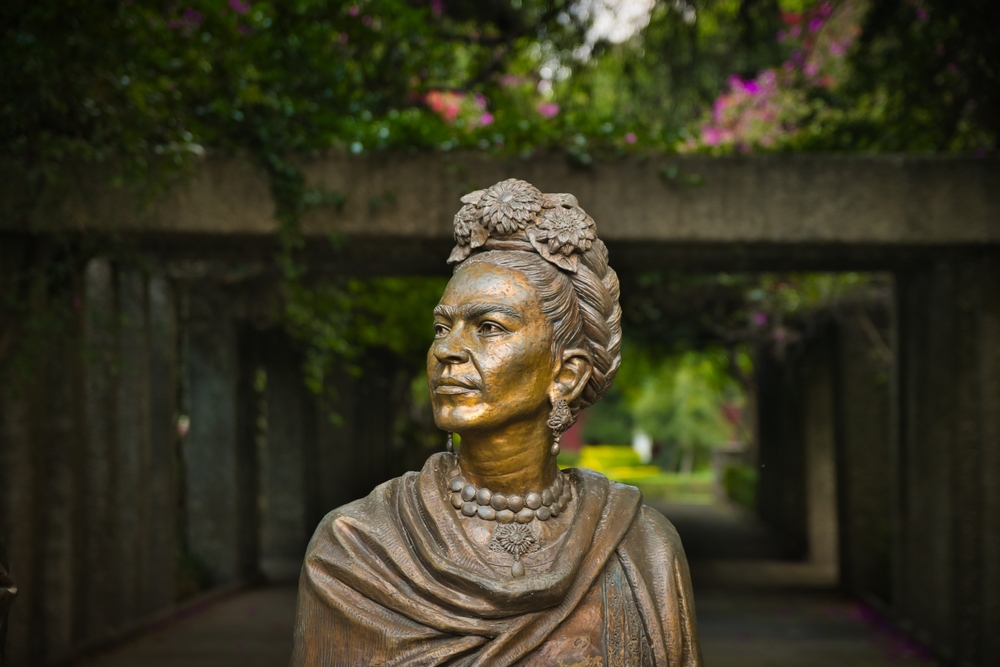
Frida Kahlo, the renowned Mexican artist, was deeply involved in political activism, especially advocating for women’s rights and indigenous cultures. Her art and activism were intertwined, reflecting her passionate commitment to social justice causes.
Steve Jobs’ Calligraphy Influence
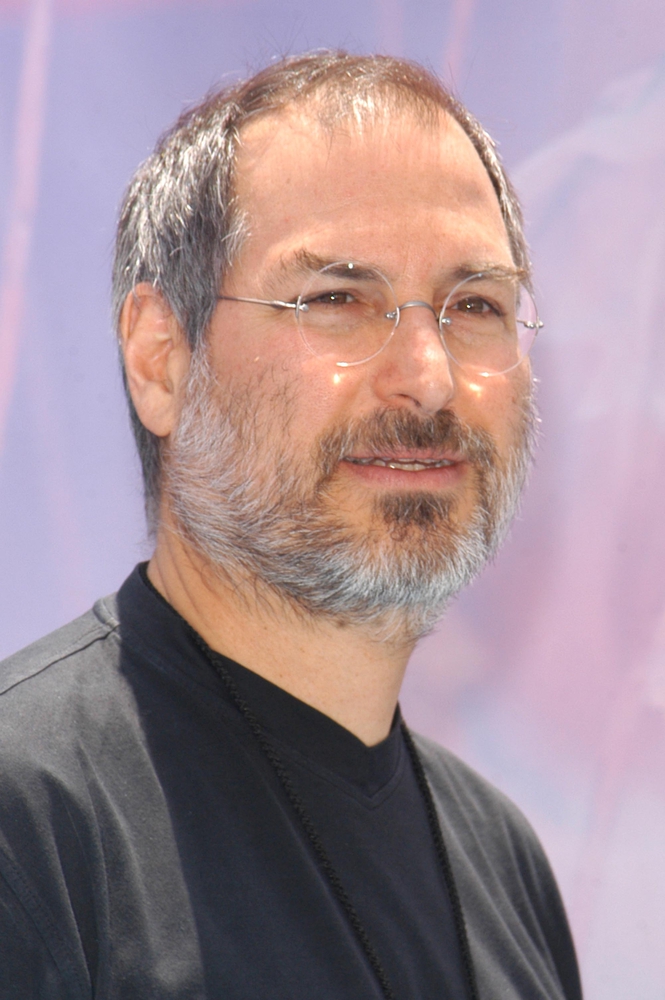
Steve Jobs, co-founder of Apple Inc., credited a calligraphy class he took in college for inspiring the typography and design aesthetics of Apple products. This unexpected influence highlights the interconnectedness of diverse interests and experiences in shaping groundbreaking innovations.
This article originally appeared on UnifyCosmos.
More from UnifyCosmos
18 Female Empowerment Tips for Navigating the Workplace

Navigating the workplace as a woman can come with unique challenges and opportunities. To thrive in your career, it’s essential to harness your strengths, build supportive networks, and advocate for yourself effectively. Read More
15 Affordable Skincare Gadgets Recommended by Experts

Achieving healthy, radiant skin doesn’t have to be expensive. Dermatologists often endorse a range of cost-effective skincare tools that can significantly enhance your beauty regimen. Read More
25 Tech Billionaires Who Dropped Out of College
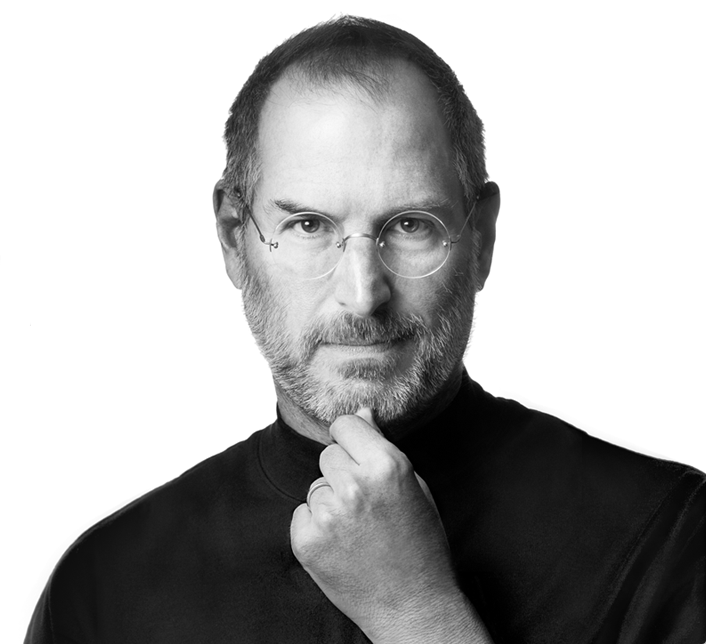
In the fast-paced world of technology, some of the most successful innovators have taken an unconventional path to success. While many people view a college degree as a crucial step towards a prosperous career, these tech billionaires have proven that dropping out of college can sometimes lead to extraordinary achievements. Read More
Leave a Reply